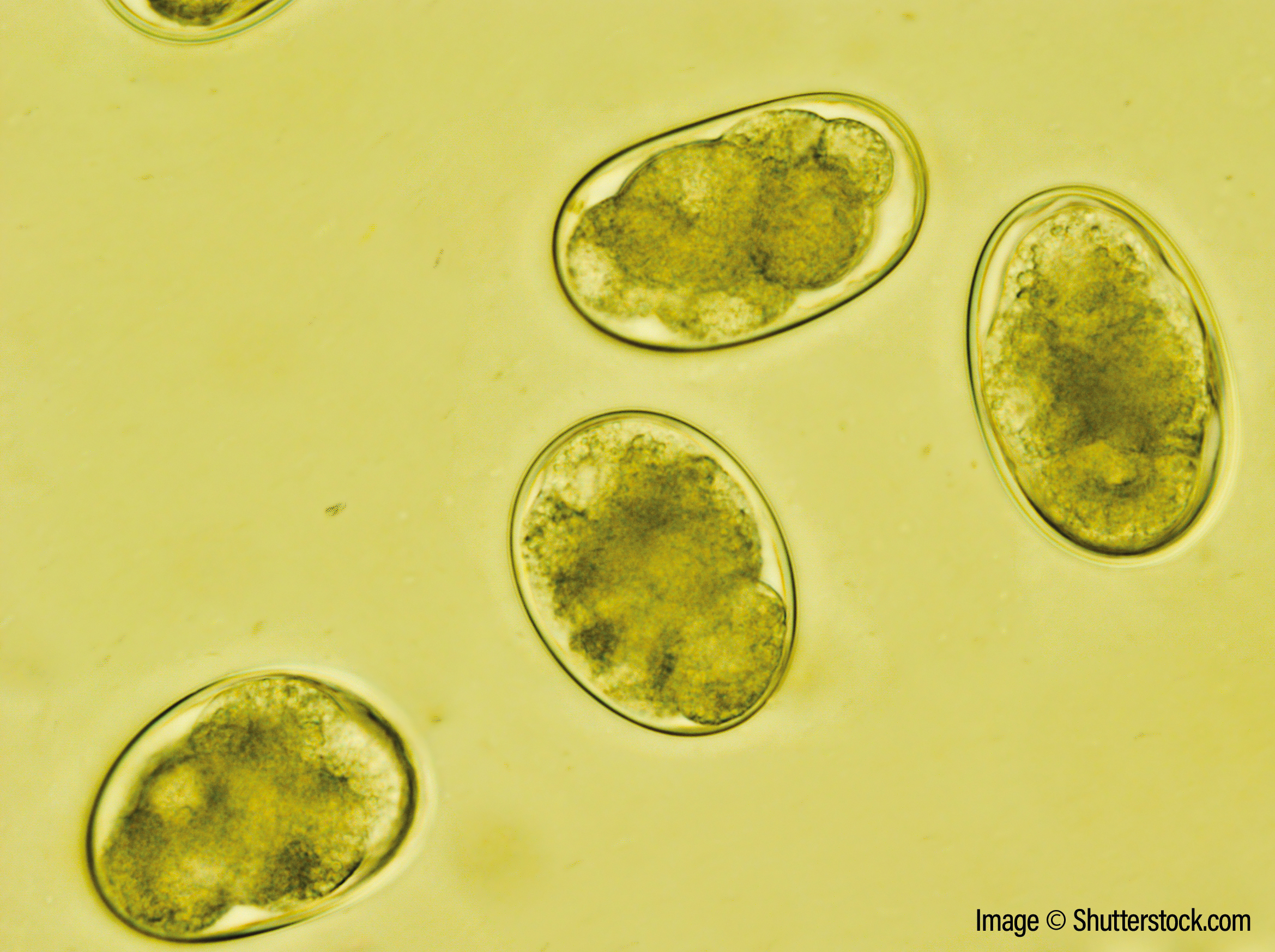Effective worming
– worm egg counts, make them count!
Nearly all horses, particularly those who graze, will have some level of parasitism. This may or may not result in signs of illness, but these can include weight loss, diarrhoea, colic, loss of condition and collection of free fluid (oedema).
Internal parasites (worms) are best controlled using a combination of pasture management and effective targeted worming strategies. These are aimed at controlling cyathostomes (small stongyles / redworm), large stongyles and tapeworms. Resistance to wormers in cyathostomes is an increasing problem which makes these strategies very important.
We have a few tools to try and assess which horses are contaminating the pasture and to what extent. Faecal (dung) egg counts will show the level of exposure to parasites and are of value when they are performed regularly in all animals during the summer. However they are of little use in winter when horses are often not grazing, cyathostomes encyst in the gut wall and worm egg production reduces.
A blood test (or from 2016 a saliva test – Equisal) can be used to detect exposure to tapeworm, but tapeworm eggs are difficult to see in faeces so cannot be assessed in faecal egg counts. This means that we often routinely worm for tapeworm twice yearly in spring and autumn. Pinworms can be seen with the naked eye, eggs can be detected on sellotape strips from around the anus and viewed under the microscope.
In closed and controlled herds where stocking density is low and good pasture management is maintained, targeted worming for tapeworm, large strongyles and encysted small strongyles is possible. When combined with worm egg counts in summer, this will help prevent a resistant population of worms.
Our worming programmes also help to control bots, roundworm and lungworm. See Information sheet on storing samples for testing..
